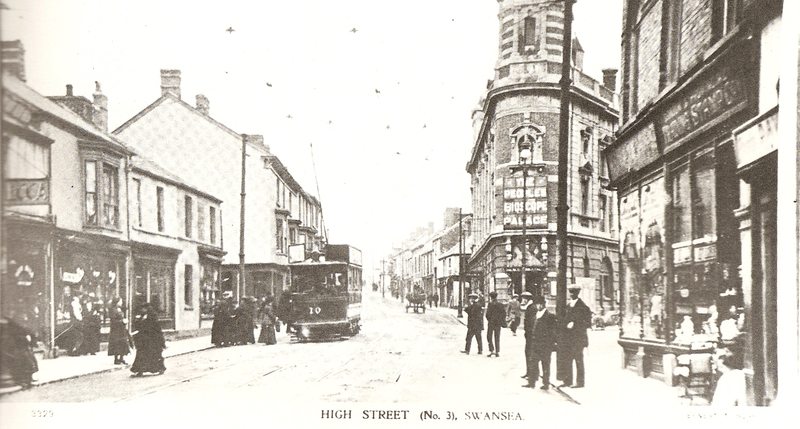Facts about Swansea in 1914
- In the late 19th century, there were attempts to establish Swansea as a fashionable seaside resort.
- At the same time, industry grew, drastically changing the shape and even geography of the town and its surroundings.
- The growth of the metallurgical industry was to transform the town. The Lower Swansea valley was a favourable area for industrial development because of the proximity of Swansea's port, easy access to coal deposits, and a supply of cheap labour. While lead and zinc were also smelted in west Glamorgan, Swansea’s signature industry was copper and it was referred to as ‘Copperopolis’.
- During the summer of 1913, the central part of the South Stand was built at the Vetch, and a grass pitch was also laid however Swansea City didn’t quite achieve promotion to the First Division before the First World War interrupted professional football.
- By 1914 Swansea was in the vanguard of council house building and design. The First World War initially dealt a blow to its ambitions but earlier progress left the council well-placed to capitalise on the post-war drive for ‘Homes for Heroes’ and the improved standards set.
- Later that year, Swansea’s record on housing and its future promise stood proud. A total of 321 municipal houses had been built – mostly in the improved terraces discussed above but with model housing on garden suburb lines to come. The council had approved a loan for 300 homes with an in principle agreement for more.
- On 18 September 1914, the Welsh Church Act, disestablishing the Church in Wales received Royal Assent but implementation of both is postponed for the duration of World War.
- Between 1914 and 1918, the population of Swansea grew by 12,000 people.
